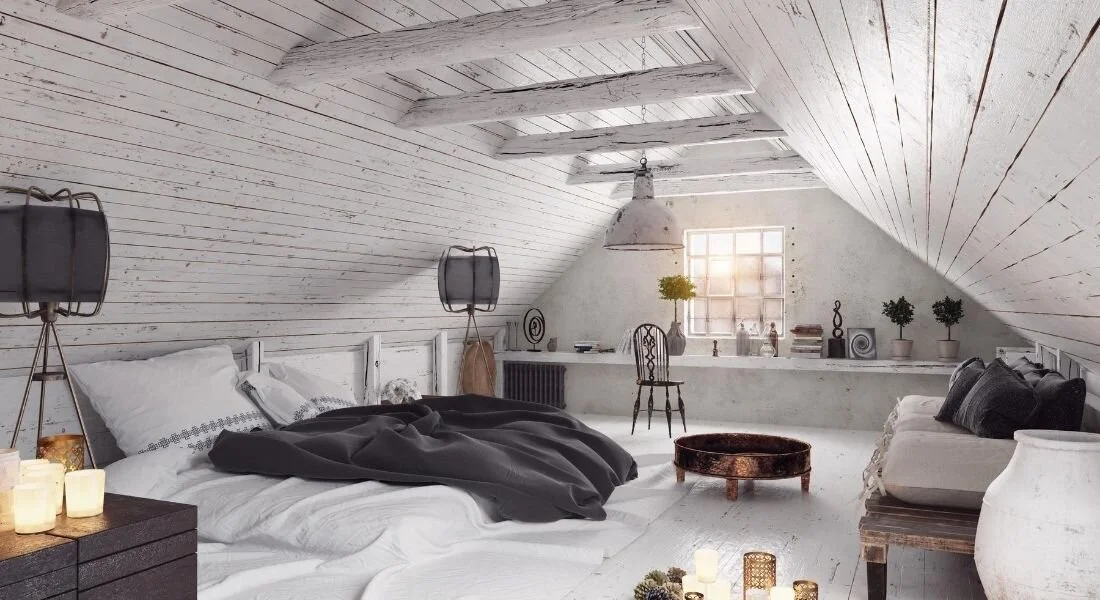Tips for Converting Your Attic into a Bedroom
Most people use their attics for storage space and rarely set foot in them, but some homeowners make the advantageous decision to turn their attics into an extra bedroom. Converting your attic into a bedroom is a great way to increase the amount of livable space in your home. By doing so, you can significantly raise your home’s value without having to splurge on a costly home addition. However, finishing an attic is no easy task. If you’re interested in taking on the challenge, make sure to check out these tips for converting your attic into a bedroom first.
Prioritize Insulation
Insulation should be a top priority when you’re converting an attic into a bedroom. Failing to properly insulate the attic before finishing it will likely result in a bedroom that’s either way too hot or way too cold to enjoy spending any time in. To prevent hot air from entering or escaping your attic bedroom, proper insulation is essential.
In some cases, you may need to remove the attic’s existing insulation and replace it with a different type. For example, if your attic has blown-in fiberglass insulation across the floor, you’ll have to remove it and install a different type. A popular insulation option for attic bedrooms is spray foam insulation, which is compact, has a high R-value, and can block out unwanted noise.
Figure Out Which HVAC System Suits Your Space
Once you’ve properly insulated your attic, it’s time to focus on heating, cooling, and ventilation. Without an effective temperature control system in your attic, the comfort and air quality in the space will suffer. If your attic isn’t equipped with existing ductwork, you have two options. You can either hire an expert to determine if they can add additional ductwork or opt for a ductless option such as a mini-split for your heating, cooling, and ventilation needs.
Determine If Your Floors Are Up for the Job
Another important tip for converting your attic into a bedroom is to determine if your attic’s flooring structure can support the weight of a living space. Many attics are composed of weak wooden floorboards and thin joists, which aren’t designed to bear a significant amount of weight. Before placing furniture in your attic, check that your joists are large enough to bear the weight of your furniture and the people who will spend time in it. Generally, joists that are larger than 2x6s or 2x8s are suitable for supporting a living space. However, it’s a good idea to hire a structural engineer to make sure the attic’s flooring structure is strong enough.


